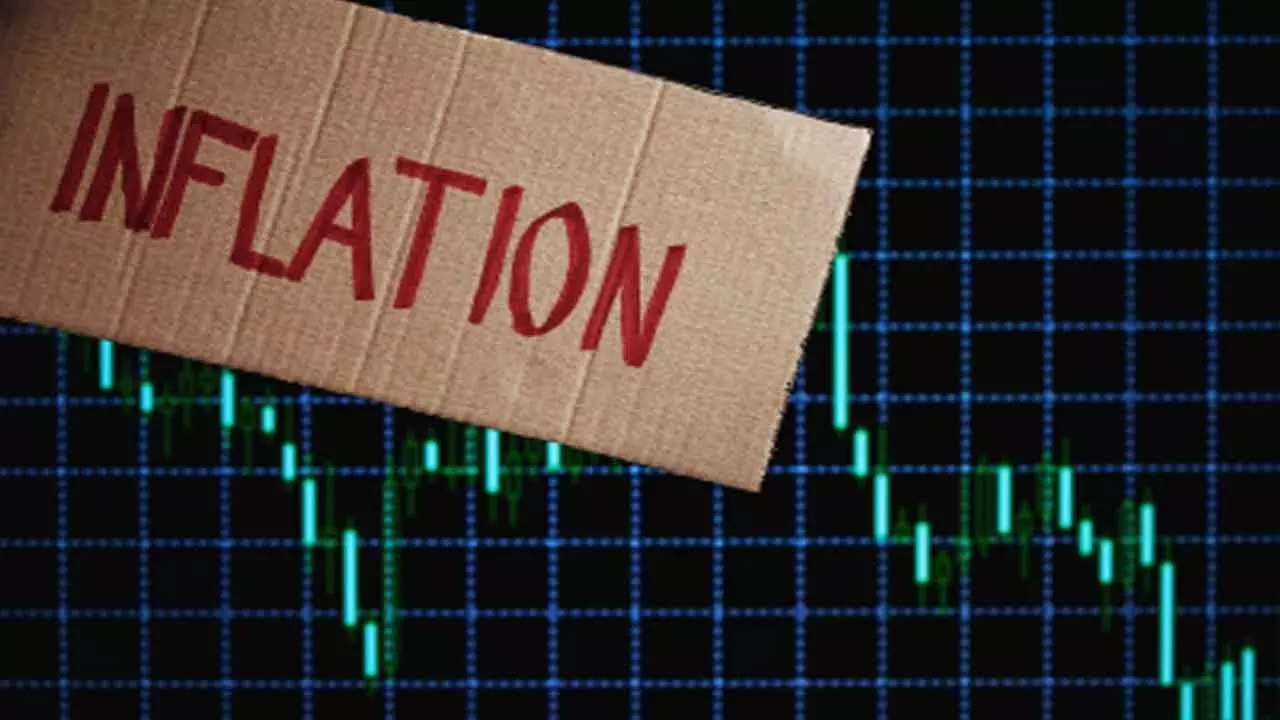India’s April Inflation Hits 6-Year Low at 3.2%
India’s April retail inflation eased to 3.2%, lowest in 6 years. Strong monsoon forecast and food price dip support a stable FY26 outlook.
image for illustrative purpose

India's headline retail inflation for April eased to 3.2 per cent year-on-year, a further decline from 3.3 per cent in March, registering the lowest reading in nearly six years. The decline, driven largely by a continued fall in food and beverage prices, is expected to support a positive inflation outlook for FY26.
Economists attribute the moderation to an unusual trend of food price deflation over six consecutive months — a pattern not typically observed during the summer season. With the Indian Meteorological Department forecasting an above-normal monsoon and neutral ENSO conditions, expectations for stable food inflation remain intact.
IDFC FIRST Bank Chief Economist Gaura Sen Gupta projected headline inflation to average around 3.5 per cent in FY26. Core inflation, however, is likely to edge higher at 4.3 per cent in FY26 compared to 3.6 per cent in FY25, due to diminishing base effects.
April’s core inflation rose to 4.2 per cent from 4.06 per cent in March. Barclays estimates May CPI at around 3 per cent year-on-year, supported by continued base effects and subdued food prices. According to Barclays India Chief Economist Aastha Gudwani, Q1FY26 CPI inflation is projected to average between 3 per cent and 3.1 per cent, which falls below the Reserve Bank of India's Monetary Policy Committee (MPC) forecast of 3.6 per cent.
"This lower-than-expected inflation trend could lead to another policy rate cut by the MPC during its June 6 meeting," Gudwani said. Barclays, in light of the latest data, has advanced its expected rate cut from August to June.
IDFC FIRST Bank anticipates a cumulative 75 basis points (bps) reduction in policy rates through FY26, implemented in three phases — June, August, and October — to return rates to neutral levels. Sen Gupta noted that monetary policy transmission typically takes 6–9 months, supporting the case for back-to-back cuts.
Geopolitical developments also play a role. The easing of tariff tensions between the US and China, including a 90-day reciprocal tariff rollback, has helped reduce downside risks to global growth.
On the growth front, economists expect FY26 GDP to hover around 6.3 per cent, as a negative output gap persists. Urban demand remains weak, reflected in slow passenger vehicle sales and muted production of durable goods. Corporate capital expenditure also shows limited momentum.
In contrast, rural demand exhibits pockets of recovery, indicated by increased tractor and fertilizer sales. However, this improvement is not broad-based. Two-wheeler sales and non-durable goods production continue to lag.
FMCG sector performance shows a contrasting trend between urban and rural markets. NielsenIQ data for Q4FY25 indicates rural sales growth of 8.4 per cent, compared to 2.6 per cent in urban regions.
Meanwhile, profit growth among non-financial listed firms remains subdued in Q4FY25, based on preliminary earnings reports.
Overall, the inflation path for FY26 appears favorable under current conditions, supporting the likelihood of policy rate adjustments in the upcoming quarters, contingent on monsoon performance and domestic demand recovery.

